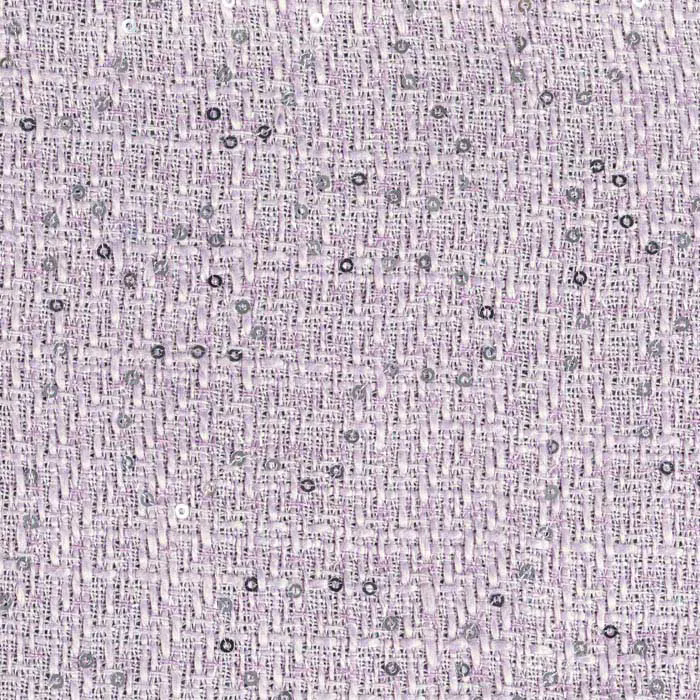A Guide to High-End Fabrics for Dresses: Elevate Your Wardrobe with Luxury Materials
2024-10-17
When it comes to creating exquisite dresses, high-end fabrics are essential. They not only enhance the design but also provide comfort, durability, and a luxurious feel. From glamorous evening gowns to chic summer dresses, the fabric you choose can make all the difference in how the garment looks and feels.
In this blog, we’ll explore some of the most sought-after high-end fabrics for dresses, their features, benefits, and what makes them stand out.
1. Silk: The Epitome of Luxury
Silk has been prized for centuries for its smooth texture, sheen, and elegance. It drapes beautifully, making it a top choice for evening gowns, bridal wear, and luxury cocktail dresses.
Benefits:
- Lightweight and breathable, ideal for all seasons.
- Offers a natural shine and softness.
- Drapes well, creating a fluid silhouette.
- Available in variations like silk chiffon, satin, and organza for different styles.
Best Uses:
- Wedding dresses
- Red carpet gowns
- Lingerie and slip dresses
2. Lace: Timeless Elegance
Lace is synonymous with romantic and vintage-inspired designs. Whether used as an overlay or in full, lace adds intricate detail and sophistication to any dress.
Benefits:
- Available in patterns ranging from delicate floral to bold geometric designs.
- Offers a light, breathable texture.
- Works well with other fabrics like silk or satin to create layered effects.
Best Uses:
- Bridal gowns and veils
- Cocktail dresses
- Evening wear with vintage appeal
3. Velvet: Rich and Regal
Velvet is a plush fabric with a soft, textured surface that exudes opulence. It is often used for winter dresses due to its thicker composition and luxurious feel.
Benefits:
- Provides a rich depth of color due to its pile texture.
- Warm and soft, making it suitable for colder seasons.
- Adds a regal touch to formalwear.
Best Uses:
- Evening dresses
- Winter formal gowns
- Party dresses for festive occasions
4. Chiffon: Light and Ethereal
Chiffon is known for its sheer, lightweight quality, often used for flowy, layered dresses. This fabric lends a soft, romantic aesthetic to garments.
Benefits:
- Lightweight and breathable, ideal for warm climates.
- Adds a soft, ethereal look with its transparency.
- Works well for layering and draping.
Best Uses:
- Bridesmaid dresses
- Beach wedding gowns
- Summer dresses
5. Taffeta: Structured and Glamorous
Taffeta is a crisp, smooth fabric known for its slight sheen and ability to hold structured shapes. It’s popular for formal dresses that need volume and flair.
Benefits:
- Has a luxurious, subtle shine.
- Retains shape, making it great for structured designs.
- Available in vibrant colors and patterns.
Best Uses:
- Ball gowns and prom dresses
- Evening wear with volume
- High-fashion statement pieces
6. Satin: Sleek and Smooth
Satin is a fabric with a lustrous surface and a smooth feel, often associated with formalwear. While it is frequently made from silk, modern variations use blends with polyester to improve durability and affordability.
Benefits:
- Soft and glossy texture.
- Drapes beautifully, creating a sleek silhouette.
- Comfortable and slightly stretchy when blended with synthetic fibers.
Best Uses:
- Bridal gowns and evening dresses
- Slip dresses for formal or casual settings
- Lingerie and nightgowns
7. Crepe: Subtle and Elegant Texture
Crepe has a slightly wrinkled, pebbled surface that adds a unique texture to dresses. This lightweight fabric is often used for flowy, minimalist designs.
Benefits:
- Soft and flexible, offering excellent movement.
- Can be used for both structured and relaxed designs.
- Available in different weights, from light crepe de chine to heavier crepe.
Best Uses:
- Work dresses and office attire
- Minimalist evening gowns
- Casual summer dresses
8. Jacquard: Intricate Patterns and Luxury Appeal
Jacquard is a woven fabric that features intricate patterns directly woven into the material. It is often used for formalwear that demands a rich, textured look.
Benefits:
- Adds an element of artistry and luxury to the dress.
- Durable and retains its shape.
- Can feature metallic threads for added elegance.
Best Uses:
- Formal evening gowns
- Special occasion dresses
- Vintage-inspired outfits
How to Choose the Right High-End Fabric for Your Dress
1. Occasion:
- For formal events, opt for silk, satin, or velvet.
- For casual or summer dresses, chiffon and crepe are great choices.
2. Season:
- Choose lightweight fabrics like chiffon or lace for warmer weather.
- Select velvet or taffeta for colder seasons.
3. Comfort:
- Fabrics like silk and satin feel luxurious against the skin.
- Ensure the fabric offers breathability and flexibility if you plan to wear the dress for extended periods.
4. Design Style:
- Use structured fabrics like taffeta for ball gowns.
- Select flowy fabrics like chiffon for relaxed or layered designs.
Conclusion
Choosing the right high-end fabric is crucial for creating a dress that feels as good as it looks. Whether you’re going for elegance with silk, romance with lace, or drama with velvet, the fabric plays a pivotal role in defining the overall look and feel of the garment.
When shopping for high-end fabrics, consider the occasion, season, and design style to ensure your dress not only looks stunning but also offers comfort and functionality. By selecting the perfect material, you can create timeless, luxurious pieces that will elevate your wardrobe and leave a lasting impression.
Whatever your fashion vision, investing in quality fabrics will ensure your dress not only stands out but also lasts for years to come.



